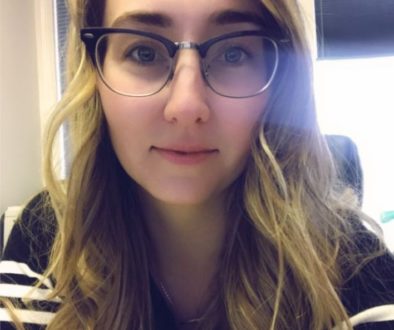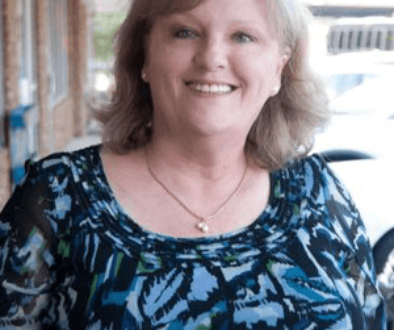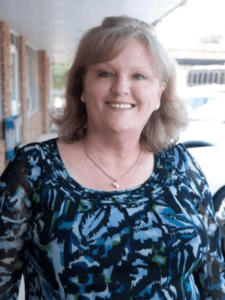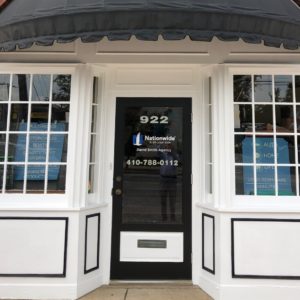What’s NOT Included in Your Homeowner’s Policy
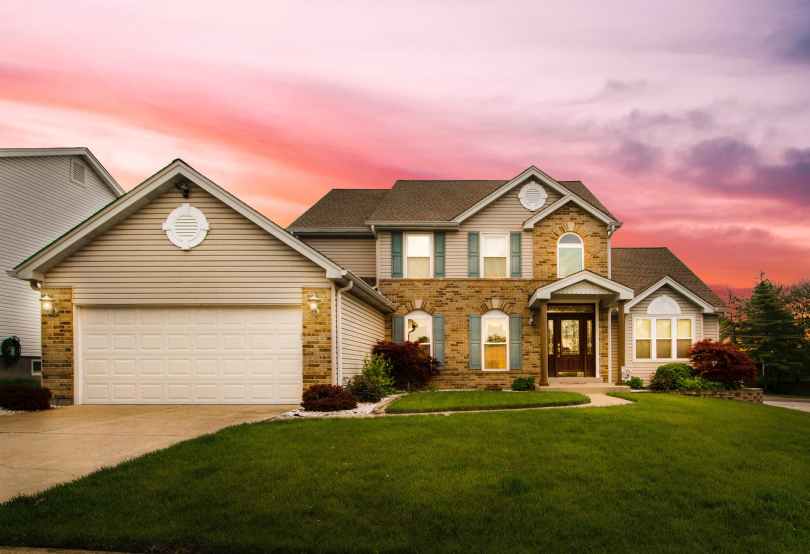
Homeowner’s insurance protects your property, your investment, and your future, but not all coverage is automatically included in a standard homeowner’s insurance policy. At Peter B. Crilly & Associates, we take the time to explain to our clients what is covered in a standard homeowner’s policy. Some types of risks, such as liability or flood, can be protected, by purchasing additional coverage or an additional policy. Damages that arise from maintenance issues, due to poorly maintained property are not covered by homeowner’s insurance.
It’s important to fully understand what your homeowner’s insurance policy covers and what it doesn’t cover. Taking the time to review your policy now, can save you a substantial amount of money later.
1) True Value of the Structure: The dollar amount of value of a homeowner’s policy should reflect the entire value of the buildings on the property. In the event of a complete loss, a fire for example, you will still have the land; but what will it cost to replace the house, garage and any other structures on the property? In the case of a partial loss, if your building is underinsured by more than 80%, your claim will be reduced by that amount. Thus, if you have a kitchen fire and your house was only insured for 70% of its true replacement value and it costs $20,000 to make your kitchen repairs, your will only receive a check for $14,000 because 30% will be deducted.
2) Replacement Value: Make certain both building and contents are fully insured for replacement value. Otherwise, in the case of a loss, items will be depreciated based on age. Furniture that is ten years old will be valued at a lower amount than new furniture, unless your policy specifically states you are covered for the cost of replacement.

3)Maintenance of Your Home:Many things that aren’t covered under your standard policy typically result from neglect and a failure to properly maintain the property. If your roof has worn out, it is your responsibility to replace it. General wear and tear on a building are not covered. Rotting sills, cleaning and repairing gutters, replacing damaged stonework and wood is all the responsibility of the homeowners. Termites and insect damage, bird or rodent damage, rust, rot, mold, and general wear and tear are not covered. Taking proper care of your home can keep you from having to pay for costly repairs your homeowners insurance won’t cover. Damage caused by smog or smoke from industrial or agricultural operations is also not covered.
4) Liability Protection: Make certain you have enough liability coverage in your policy to protect you if someone gets hurt, coverage that will protect your from excessive legal bills or medical claims. You’ll want to have at least $300,000 worth of protection and preferably $500,000 of protection. An umbrella policy that covers liability related to both your home and your auto provides an added level of protection. Ask your insurance agent about Umbrella Insurance.

5) Water Damage and Earthquakes: Earthquakes, sinkholes and other earth movements are not covered by your standard policy. Water back-upis an additional protection that can be added to your homeowner’s policy, and this coverage is a good idea. If you have overflows or backups from your sump pump, sewer system or drains, your standard policy will not cover the damage. Coverage is available, however, by adding a separate endorsement. Flood insurance, which also includes mudflow, must be purchased as a separate policy and is available only through the government-run National Flood Insurance Program. At Peter B. Crilly Insurance we can sell you Flood Insurance.
6) Valuable property – firearms, furs, musical instruments, watches, silverware, and gold.A standard policy provides $1,000 for theft of jewelry but you can purchase additional insurance if you take the time to list your items and get appraisals for cost of replacement. If you have valuable equipment, antiques, musical instruments, silver, watches, coins or other special items; the amount of coverage in a standard homeowner’s policy will be limited. Discuss with your insurance agent, the option of purchasing additional coverage for listed items.

If you have a mortgage on your home, your lending institution will require that you have enough insurance to protect their investment. Protect your own investment. Understand what you are buying when you purchase a homeowner’s policy and review what is actually covered. It’s complicated. Take the time now to review what you need and what you’re getting and you’ll save money in the event you have an insurance claim. Save by bundling auto, property and liability insurance together to receive substantial discounts and save money. At Peter B. Crilly we’ll take the time to make certain you are fully protected and if you are currently with another carrier, help you compare the differences between policies and your various options. Call us at 410-571-1771 or email [email protected].

